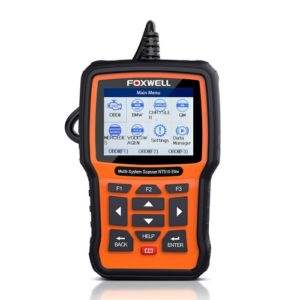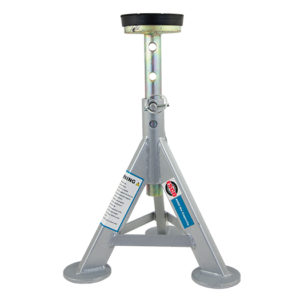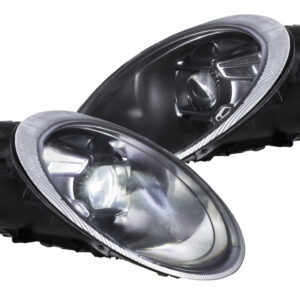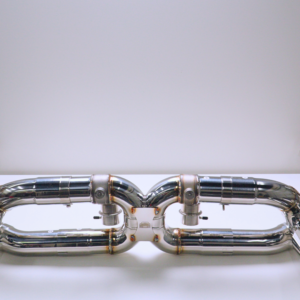Despite being relatively simple, spark plugs play a significant role in any gasoline engine. Their function is to produce a spark at the required time that ignites the air and fuel mixture. All spark plugs, being exposed to extreme pressures and temperatures that occur during engine operation, wear out with time. This can cause poor engine performance, misfire and drop in fuel economy. Also, a worn spark plug can have a larger electrode gap, which requires higher voltage and can lead to premature ignition coil failure.
Changing the spark plugs on your Porsche Panamera is a simple job and you can save quite a lot of money doing it yourself. To get an overview of the procedure, check out this video from the YouTube channel, P – Tech. while the video covers the process on a V8 model, the process is virtually the same on the S & 4S models except for two less cylinders. Detailed step-by-step instructions, along with the parts and tools you’ll need, can be found below.
Spark plug: 22 ft-lbs
Engine torque damper bolts:
-Steel Bolts: 46 ft-lbs
-Aluminum Bolts: 15 ft-lbs, then turn additional 90 degrees
Ignition coil fastening bolt: 8 ft-lbs
Step 1: Prepare your vehicle and work area
- Make sure your engine is cold; this is important so you prevent burning yourself and damaging your engine threads!
- Park your car on a flat surface.
- Gather required tools and parts.
- Put on gloves and eye protection.
Step 2: Gain access to the ignition coils
- Remove the plastic covers each side of the engine; each cover is held in place by four T30 torx bolts and may require some wiggling to remove.
- On the right-hand side, remove the engine torque damper. You will need an 16mm socket for the nut and a T50 torx socket for the bolt.
Step 3: Remove ignition coils
- For each ignition coil, locate and remove the wiring connector by pressing on the plastic tab and pulling the connector out.
- Using an E12 socket and ratchet, remove the hexalobular screw that holds the ignition coil in place.
- Pull each ignition coil out, which will take a bit of wiggling and twisting to set it free from the spark plug.
- Repeat the prior steps on the other ignition coils.
- Take a close look at each ignition coil to see if there are any cracks. If there is any damage, replace the ignition coil.
Step 4: Replace spark plugs
- Combine a 5/8″ magnetic spark plug socket with suitable extensions to remove the old spark plugs.
- Visually inspect each removed spark plug for contaminants and deposits, as shown in this video.
- Use a spark plug installer tool or just the spark plug socket with an extension to screw in the spark plug by hand to prevent cross-threading.
- Once tightened by hand, use a torque wrench to tighten each spark plug to 22 ft-lbs (be careful not to over-tighten the spark plug or you can strip the threads on your engine).
Step 5: Refit all removed parts
- Refit the ignition coils. You may need to use some force to pop it on the spark plug.
- Install new hexalobular screws and just tighten them to 8 ft-lbs or just snuggly by hand.
- Reconnect the wiring connectors to the ignition coils.
- Refit plastic covers and install new bolts.
- Reinstall engine torque damper. Start by installing one bolt, but don’t tighten it all the way. Then install the bolt on the other side. If your car uses steel bolts, torque them to 46 ft-lbs. If your car uses aluminum bolts, torque them to 15 ft-lbs, then an additional 90 degrees.
- Clean up your work area and put your tools and supplies away.
- You’re all done!







Dave says:
Plugs and coils changed on my 970.2 4S today. Man, those 2 at the back of the 3.0 V6 are a massive pain to get to and there is very little online about that particular variant and doing a plug change. The job would have been simple apart from those. The video mentioned above doesn’t really reference the 3 litre V6..At one point I had socket extensions stuck in one of the spark plug holes and was regretting the decision to do them myself!
Eventually got them all done and fitted back together again so that’s that for a whole I hope.